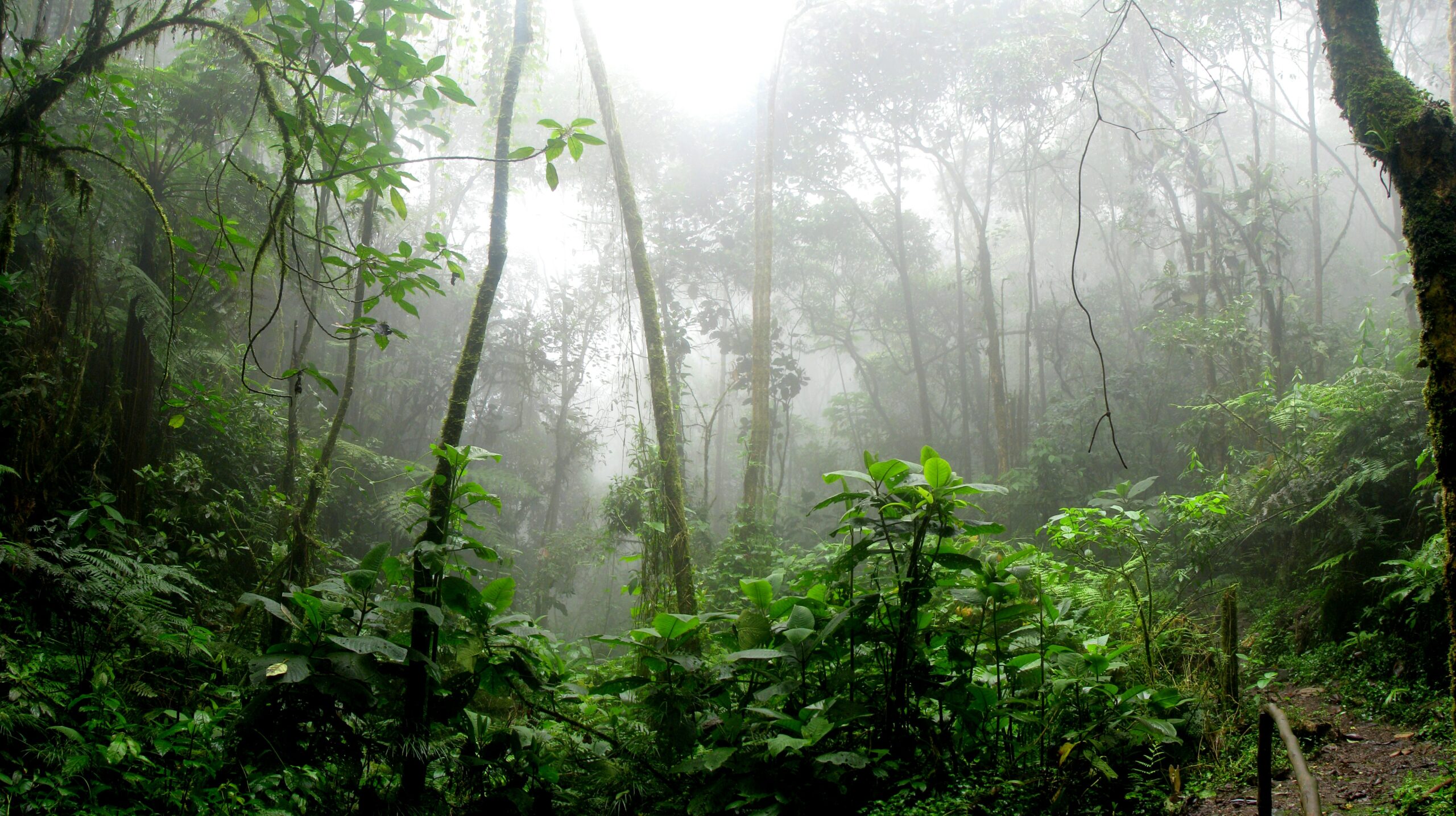The Amazon rainforest is crucial for global biodiversity, climate regulation, and indigenous cultures. It harbors an astonishing variety of plant and animal species, acts as a vital carbon sink, and plays a key role in stabilizing the Earth’s climate. Additionally, it provides essential resources like clean water and medicines, while also supporting indigenous communities’ ways of life. Protecting the Amazon is critical for maintaining Earth’s ecological balance and mitigating climate change.
Since 2007, September 5th is celebrated as the “Amazon Day” in Brazil – the date when, in 1850, emperor D. Pedro II created the Amazon Province. The celebratory date was inaugurated to raise awareness about the importance of the Amazon rainforest and its conservation. This day serves as a reminder of the environmental and cultural significance of the Amazon and the need to protect it for future generations.
The Governors’ Climate and Forests Task Force (GCF Task Force) works in all 9 states that comprise the Brazilian Legal Amazon, and another 33 states and provinces worldwide, by facilitating knowledge sharing through collaboration, providing technical assistance and access to funding, and supporting the implementation of jurisdictional strategies and research around the common challenges of reconciling economic activity with environmental protection.

Legal Amazon States in Brazil. All 9 are members of the GCF Task Force. Map created by Amazônia 2030.
“It is not only about preserving what exists, but also to recover what was lost.”
Julie Messias, Secretary of Environment and Indigenous Policies for the State of Acre, Brazil
On this special day, the GCF Task Force’s state delegates from Brazil were featured in a story from Valor Econômico discussing their work in each state. Julie Messias, Secretary of the Environment and Indigenous Policies for the State of Acre sums up the efforts underway in the region in the words of an amazônida – a person born in the Amazon region – as follows: “It is not only about preserving what exists, but also to recover what was lost.” Achieving this vision can only be done through a coordinated effort among different stakeholders, making use of effective public-private partnerships, solid monitoring systems and enforcement, and by creating or boosting sustainable economic alternatives for the people living in rural areas.
The map below is interactive (in Portuguese here). You can drag and click on the elements there. Try clicking on the delegate to check their responses in the interview:
As emphasized by the Environment Secretaries, a sustainable vision for the Amazon region entails a harmonious coexistence between conservation and development. It prioritizes the preservation of the Amazon’s unparalleled biodiversity through stringent protections, safeguarding large tracts of intact rainforest, and robust anti-illegal logging measures. It also respects and empowers indigenous communities, recognizing their historical ties to the land and granting them a central role in sustainable land management.
Simultaneously, a sustainable Amazon vision advocates for responsible land use practices that do not harm the rainforest, promoting sustainable agriculture, forestry, and fisheries. Climate change mitigation is paramount, acknowledging the Amazon’s role as a crucial carbon sink. Thus, strategies focused on preventing deforestation and degradation, supporting reforestation efforts, and fostering green economies, like eco-tourism, sociobiodiversity value chains and renewable energy, are all important to this overall vision. By striking this balance and fostering cooperation, a sustainable Amazon vision strives to ensure the long-term vitality of this key ecosystem while improving the well-being of its inhabitants and addressing global environmental challenges.
The Governors of the Legal Amazon States, along with all other members of the GCF Task Force, have established a high-level vision through the adoption of the Manaus Action Plan for a New Forest Economy (MAP) at the GCF Task Force Annual Meeting in Manaus, on March 17, 2022. The efforts described by the Environment Secretaries are solid steps toward implementing the MAP, which has an overall goal of reducing deforestation by at least 80%. Achieving that goal while increasing reforestation and including traditional communities is key to bringing the sustainable Amazon vision to reality.

